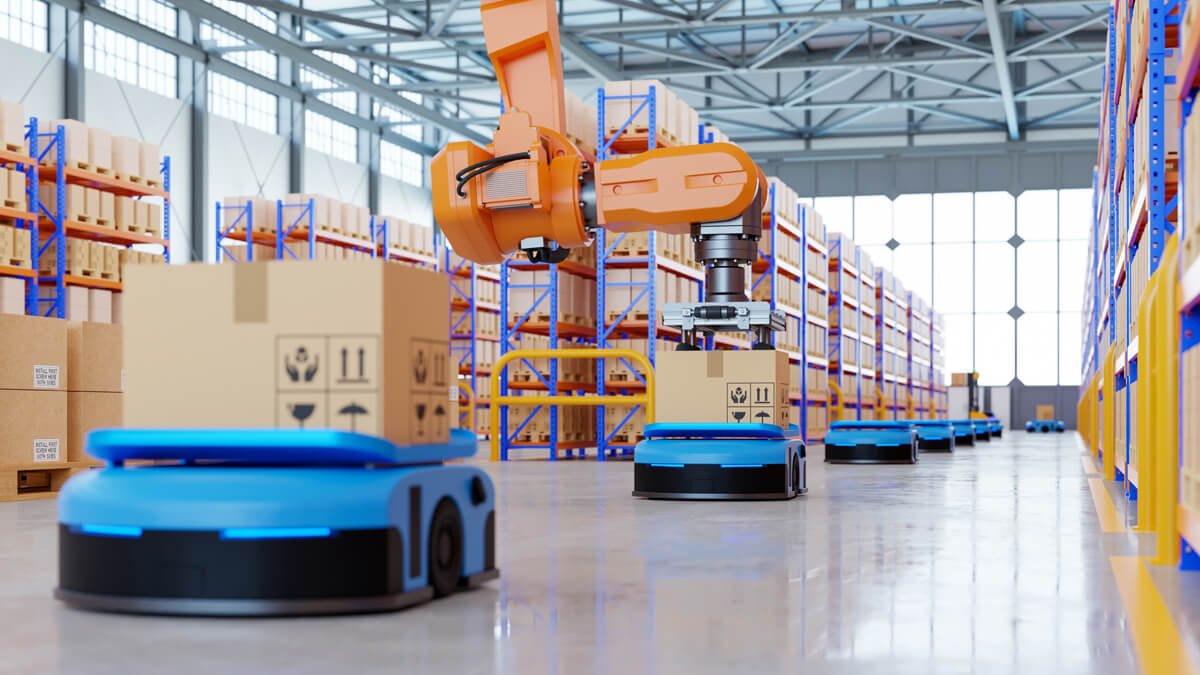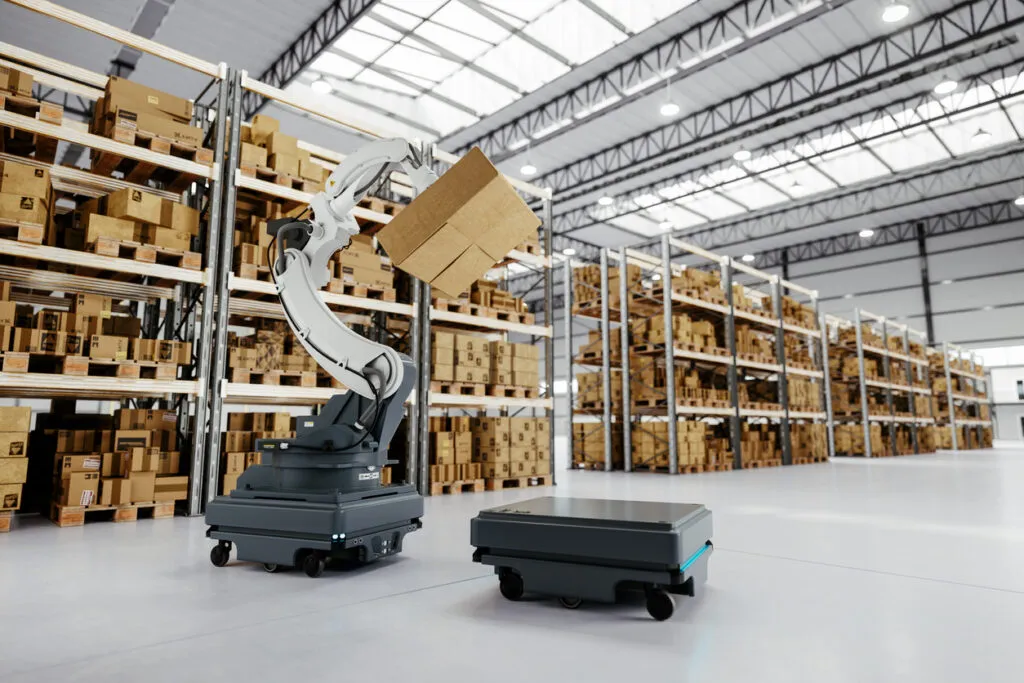In today’s fast-paced ecommerce landscape, UK businesses are under increasing pressure to deliver products quickly and efficiently. To meet growing consumer expectations, robotics in warehousing and fulfilment centres has become a game-changing solution. In this blog, we’ll explore how robotics is transforming fulfilment operations across the UK and why ecommerce business owners should consider automation as part of their logistics strategy.
Why Robotics Is Revolutionising Warehousing in the UK
Traditional warehousing methods often fall short in handling the complexities of modern ecommerce, especially in peak seasons. Robotic systems, when implemented correctly, offer superior accuracy, scalability, and speed.
Key Benefits of Robotics in Warehousing:
- Increased picking and packing speed
- Improved order accuracy
- Reduced labour costs
- 24/7 operational capability
- Real-time inventory tracking

Types of Robotics Used in Fulfilment Centres
Understanding the types of robotic solutions available is key for UK ecommerce brands considering automation.
1. Automated Guided Vehicles (AGVs)
AGVs are mobile robots that transport goods within a warehouse. They follow pre-defined paths and are ideal for repetitive transportation tasks.
2. Autonomous Mobile Robots (AMRs)
Unlike AGVs, AMRs use sensors and AI to navigate dynamic warehouse environments, making them suitable for picking and sorting in ecommerce fulfilment.
3. Robotic Picking Systems
These robotic arms are equipped with vision systems to identify, grasp, and place items — dramatically improving picking efficiency and reducing human error.
4. Conveyor and Sortation Systems
Robotic conveyor belts automate the sorting and routing of packages, which helps to streamline dispatch and delivery processes.
How Robotics Enhances Ecommerce Fulfilment in the UK
For UK-based ecommerce businesses, implementing robotics leads to faster and more cost-effective operations, which translates into a better customer experience.
Faster Order Processing
Robotic systems can pick, pack, and dispatch orders much faster than manual labour. This is especially useful during high-demand periods such as Black Friday or Christmas.
Better Inventory Control
Robots integrated with Warehouse Management Systems (WMS) allow for real-time inventory updates, minimising stock discrepancies.
Scalability for Growth
As your ecommerce business grows, robotic systems can scale up quickly without the need to hire and train more staff.
Robotics and the Labour Market in the UK
One common concern among business owners is whether robotics will replace human jobs. However, robotics complements rather than replaces warehouse workers by taking over repetitive and physically demanding tasks. This allows human employees to focus on complex, decision-based roles — creating a more productive and safer workplace.
ROI: Are Robotics Worth the Investment?
The upfront cost of robotics may seem high, but the long-term return on investment (ROI) is substantial. With reduced labour costs, fewer errors, and faster processing times, most UK ecommerce businesses see a positive ROI within 2–3 years.
Real-World Examples in the UK
Several UK fulfilment centres already use robotics to stay competitive. For instance:
- Ocado’s warehouse in Andover uses a grid system with thousands of robots that pick and pack groceries with incredible speed.
- Amazon’s UK fulfilment centres use Kiva robots to transport shelves of products to human pickers.

Choosing the Right Robotics Partner in the UK
If you’re ready to integrate robotics into your ecommerce logistics, look for fulfilment partners who offer:
- Proven track records with automation
- Integration with major ecommerce platforms like Shopify, WooCommerce, and Amazon
- Scalable solutions for peak periods
Frequently Asked Questions (FAQs)
1. What is warehouse automation?
Warehouse automation uses technology, such as robotics and software systems, to perform warehousing tasks with minimal human intervention.
2. How do robots help in fulfilment centres?
Robots help with tasks like picking, packing, sorting, and transporting items. This increases efficiency and reduces operational costs.
3. Are robotic systems suitable for small ecommerce businesses?
Yes. Many providers offer scalable robotic solutions that are cost-effective even for small to medium-sized ecommerce operations in the UK.
4. How much does it cost to automate a warehouse in the UK?
Costs vary depending on the size of the operation and the type of robots used. Entry-level automation can start from £50,000, while full-scale solutions may run into hundreds of thousands.
5. Can robotics integrate with my existing ecommerce platform?
Most modern robotic systems integrate seamlessly with platforms like Shopify, WooCommerce, BigCommerce, and Amazon.
Final Thoughts
The role of robotics in modern warehousing and fulfilment centres is no longer a futuristic concept — it’s a practical, scalable solution helping ecommerce businesses in the UK stay competitive. Whether you’re a startup or an established brand, embracing automation can significantly enhance your fulfilment operations.
